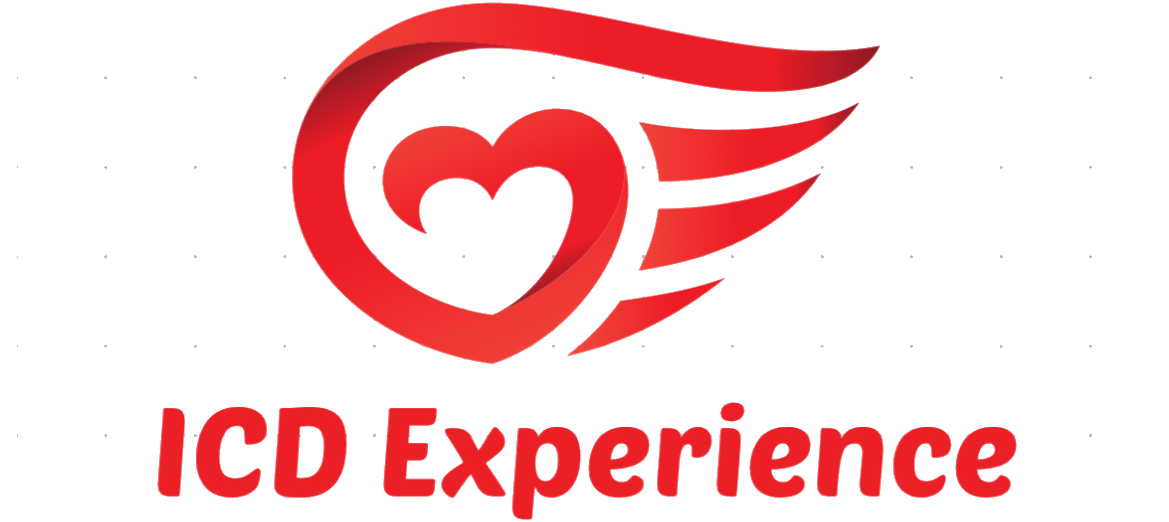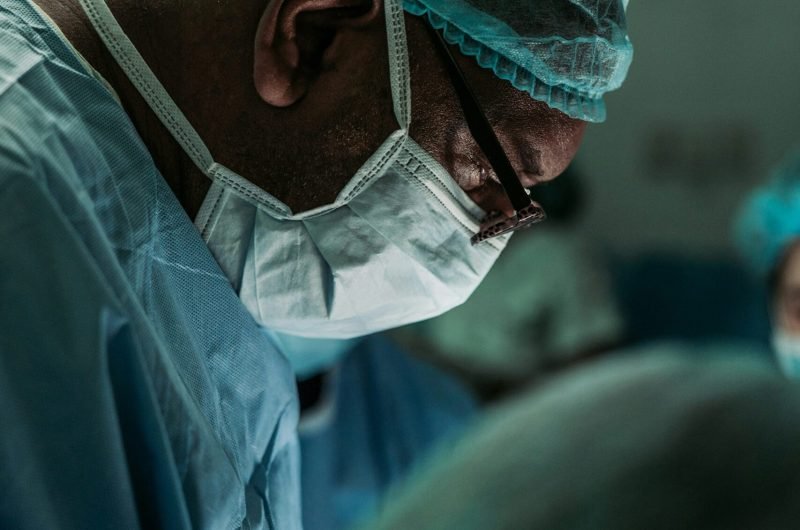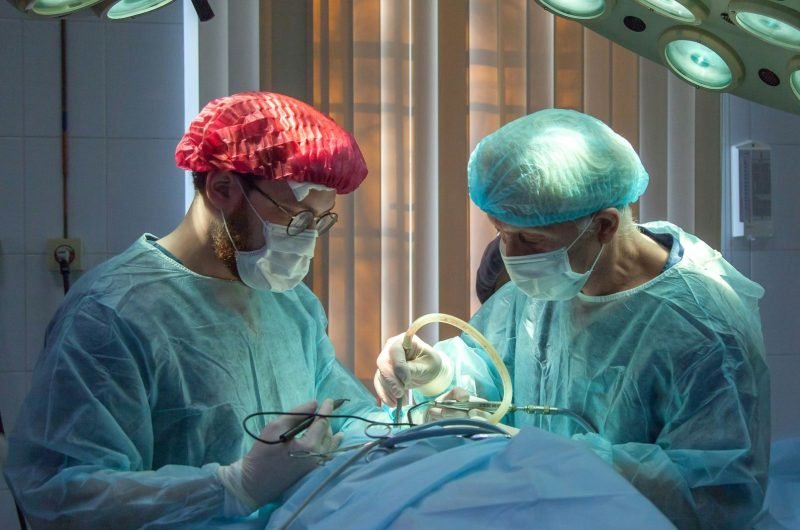Post-ICD surgery recovery is a crucial phase for patients who have undergone an implantable cardioverter defibrillator (ICD) procedure. While the surgery is often life-saving for individuals with dangerous arrhythmias or those at risk of sudden cardiac arrest, managing pain and discomfort during recovery is essential. Proper post-ICD surgery recovery care ensures that healing progresses smoothly, complications are minimized, and patients can return to their daily activities more comfortably.
Pain and discomfort are typically concentrated around the upper chest, where the ICD was implanted. Some patients may also experience shoulder stiffness or soreness. Pain levels vary based on the complexity of the surgery, individual pain tolerance, and the healing process. This guide provides essential strategies to manage pain and discomfort, promote faster healing, and enhance post-ICD surgery recovery.
Understanding Post-ICD Surgery Pain
Post-ICD surgery pain is usually localized around the implant site, under the skin of the upper chest. Patients may also feel discomfort near the shoulder. The pain may range from mild soreness to more significant discomfort depending on factors like the procedure’s complexity and the patient’s pain threshold.
Common post-ICD surgery pain symptoms include:
- Tenderness and swelling: Mild swelling and bruising around the implant site are common during recovery.
- Muscle stiffness: Stiffness in the shoulder and neck area due to the ICD’s placement near the upper chest.
- Discomfort with movement: Patients may feel discomfort when moving, lifting their arms, or turning their body, especially during the first few days post-surgery.
Most patients can manage these symptoms with a structured post-ICD surgery recovery plan, including pain management techniques.
The Role of Pain Management Recovery
Pain management plays a significant role in post-ICD surgery recovery. Controlling pain allows patients to resume light activities, improves sleep quality, and reduces the risk of complications. Patients who manage their pain effectively during recovery are more likely to experience faster healing and fewer setbacks.
Proper pain management promotes mobility and helps prevent the development of chronic pain, which can arise if pain is not addressed early. Those who stay proactive about managing discomfort tend to have smoother post-ICD surgery recoveries.
Common Pain Management Strategies
A combination of strategies is often necessary to manage ICD surgery discomfort effectively. Here are some common approaches:
Pain Medications
Medications are typically the first method used to control post-ICD surgery pain. Healthcare providers may suggest:
- Over-the-counter pain relievers: Ibuprofen and acetaminophen are often recommended to manage mild to moderate pain and reduce inflammation.
- Prescription painkillers: For more severe pain in the initial days after surgery, doctors may prescribe short-term opioids. However, opioids are used cautiously due to their risks of side effects and addiction.
- Local anesthetics: In some cases, a local anesthetic is administered around the ICD site to block pain for a short period during or after surgery.
It’s crucial to follow your doctor’s instructions regarding medications to prevent complications or side effects.
Physical Therapy and Gentle Movement
Gentle physical therapy is vital to help manage post-ICD surgery discomfort. It promotes flexibility and reduces stiffness around the chest and shoulder. Many patients experience limited mobility in their upper body after surgery. Under the guidance of a healthcare provider, patients can engage in gentle arm and shoulder movements to promote circulation, reduce stiffness, and prevent scar tissue development.
However, heavy lifting or intense physical activity should be avoided during the early recovery phase. Always consult your healthcare provider for specific instructions on when and how to resume physical activity after ICD surgery.
Cold and Heat Therapy
Cold therapy is often recommended during the early days of post-ICD surgery recovery. Applying ice packs to the implant site reduces swelling and helps numb the area, providing pain relief. Cold therapy should be used intermittently, with 15 to 20-minute sessions during the first few days post-surgery.
After the initial healing phase, heat therapy can help relax tight muscles around the neck and shoulder. It can also relieve soreness. Always follow your doctor’s guidance regarding the use of cold or heat therapy to ensure proper recovery.
Lifestyle Adjustments to Support Post-ICD Surgery Recovery
Lifestyle adjustments can make a significant difference in managing post-ICD surgery pain. Here are some helpful tips:
- Rest and elevate: Rest is essential for healing, especially during the first week after surgery. Elevating the upper body while resting may help reduce swelling.
- Wear loose, comfortable clothing: Tight clothing around the chest and shoulder can irritate the implant site. Opt for loose-fitting clothing to prevent pressure on the incision.
- Avoid heavy lifting: Doctors generally recommend avoiding lifting objects heavier than 5 to 10 pounds for at least 4-6 weeks after surgery to prevent strain and discomfort.
These adjustments help ensure a smoother and more comfortable post-ICD surgery recovery.
Non-Medical Alternatives for Pain Relief
Non-medical alternatives can complement traditional pain management methods, providing additional relief during post-ICD surgery recovery.
Mindfulness and Relaxation Techniques
Mindfulness, meditation, and deep breathing exercises can help reduce stress and alleviate post-surgery pain. These practices help calm the nervous system, allowing the body to focus less on discomfort. Studies have shown that mindfulness can significantly reduce the perception of pain and improve overall well-being during recovery.
Using meditation apps or guided relaxation exercises may offer natural pain relief while promoting emotional health during the recovery process.
Massage Therapy
Gentle massage therapy can relieve post-surgical tension, particularly in the neck and shoulders. A licensed massage therapist trained in post-operative care can help reduce muscle stiffness and improve blood circulation around the affected area. However, always consult with your healthcare provider before beginning massage therapy to ensure it is safe based on your condition.
Acupuncture
Acupuncture, an ancient Chinese medicine practice, may offer pain relief after ICD surgery. The treatment involves inserting thin needles into specific points on the body to stimulate natural pain-relieving chemicals. Many patients find acupuncture helpful when combined with conventional post-surgery recovery methods. Consult with a licensed acupuncturist experienced in post-operative care for guidance.
Recognizing and Managing Post-Surgical Complications
While ICD surgery is generally safe, complications related to pain or discomfort can occasionally arise. Being vigilant about recognizing the signs of infection, improper healing, or abnormal pain levels is essential to prevent severe complications.
Contact your healthcare provider immediately if you experience any of the following:
- Infection at the surgical site: Signs include redness, warmth, swelling, or pus around the incision.
- Severe, persistent pain: Pain that worsens over time, particularly if accompanied by fever or chills.
- Device discomfort: If the ICD shifts or causes abnormal pressure, consult your doctor to assess the placement of the device.
Early intervention helps prevent complications and ensures a faster, smoother post-ICD surgery recovery.
Long-Term Pain Management After ICD Surgery
For most patients, post-ICD surgery pain subsides within a few weeks or months. However, some patients may experience chronic pain due to nerve damage, scar tissue, or improper device placement. Long-term pain management strategies include:
- Physical therapy: Continuing physical therapy helps alleviate ongoing pain by improving range of motion and reducing stiffness.
- Nerve blocks or injections: Chronic nerve-related pain may be treated with nerve blocks or corticosteroid injections to reduce inflammation.
- Psychological support: Chronic pain can impact emotional well-being. Cognitive-behavioral therapy (CBT) or other psychological support techniques may help patients cope with long-term discomfort.
Work with your healthcare team to develop a comprehensive long-term pain management plan tailored to your needs.
Nutrition for Healing and Pain Relief
A healthy diet can significantly influence recovery after ICD surgery. Proper nutrition supports tissue repair, reduces inflammation, and aids in managing post-surgery pain.
Key nutrients to incorporate into your diet include:
- Protein: Found in lean meats, fish, eggs, and legumes, protein helps repair tissue and build muscle during recovery.
- Omega-3 fatty acids: Found in salmon, flaxseed, and walnuts, omega-3s reduce inflammation and support heart health.
- Vitamins and antioxidants: Fruits and vegetables rich in vitamins A, C, and E, as well as antioxidants, help promote immune function and support tissue healing.
Staying hydrated and following a heart-healthy diet will improve recovery outcomes and reduce post-surgery pain.
Communicating with Healthcare Providers
Clear communication with your healthcare team is critical for managing pain and ensuring a smooth post-ICD surgery recovery. When describing pain, provide as much detail as possible to help your doctor assess your needs. Be specific about the pain’s location, intensity, and triggers. Using a pain scale (0 to 10) helps convey the severity of your pain.
Sharing accurate information allows your healthcare provider to make any necessary adjustments to your pain management plan, ensuring a successful recovery.
Managing the Emotional Impact of ICD Surgery
While physical pain management is essential, it’s equally important to address the emotional and psychological aspects of post-ICD surgery recovery. Many patients experience anxiety, fear, or uncertainty about living with an ICD, particularly during the initial recovery period.
Here are some strategies to manage the emotional impact of ICD surgery:
- Seek support: Surround yourself with family, friends, or support groups of individuals who have undergone similar procedures.
- Consider counseling: Therapy or counseling, such as cognitive-behavioral therapy (CBT), can help address anxiety or stress related to recovery and pain management.
- Practice relaxation techniques: Mindfulness, meditation, and breathing exercises can reduce stress and help you cope with discomfort. These practices have been shown to promote faster healing by lowering cortisol levels and reducing the perception of pain.
Engaging in emotional support activities can greatly enhance your overall post-ICD surgery recovery experience. For more information please see our category full of general information on mental health.
Conclusion
Managing pain and discomfort after ICD surgery is essential for a smooth and successful recovery. By combining medications, physical therapy, non-medical alternatives like relaxation techniques, and lifestyle adjustments, patients can effectively manage post-ICD surgery pain. Addressing both physical and emotional well-being is equally important for a complete recovery.
Through open communication with healthcare providers and a proactive approach to recovery, patients can minimize discomfort, prevent complications, and return to their daily activities with confidence. By following these strategies, you can manage pain more effectively and ensure a smoother post-ICD surgery recovery.
For more in-depth insights, check out my book “Understanding ICD Implants: A Comprehensive Guide.”












